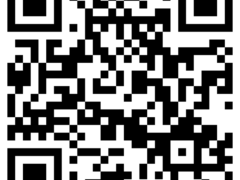
Qr codes: what you need to know!
If you don’t know what QR codes are, don’t worry you actually do know. What I mean is you have seen them and you just don’t realize it.
QR codes are like bar codes but slightly different. QR code stands for Quick Response code. They are a 2-dimensional matrix barcode that can store information. They carry information on both directions (thus 2-D) and can carry up to several hundred times the amount of data carried by ordinary barcodes. And, what’s cool is that smart phones are capable of reading these QR codes with the help of QR code readers.
Here is an example of a QR code:
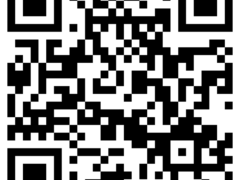
Now, do you recognize it? I thought you would!
That’s all well and good but what’s the big deal, right? Well the big deal is that these codes can store a lot of information and that information can be read by smart phones.
What are the advantages of 2-D barcodes?
If we already have barcodes, why do need something else as well? 2D barcodes are a step further, with lots of advantages:
* More information: A “normal” barcode is just a short line of black and white bars so it can’t contain much information: typically just a dozen digits or so—enough to identify a box of cornflakes to a grocery store checkout, but not much more. You can’t add extra information to a barcode without making it longer and more unwieldy. By contrast, a 2D barcode is a square of information running in two directions so it can efficiently pack more information into the same space. A typical 2-D barcode can represent up to about 2000 characters of information.
* Fewer errors: Barcodes hold so little information that there is very little redundancy. Apart from the length of the bars (which effectively repeat the barcode’s information in the vertical direction), there is no duplication of information to guard against a code being misprinted or damaged (such as when a grocery box becomes torn in the store or a parcel label smudges in the rain). But the higher capacity of 2-D barcodes means they can hold the same information in different ways with sophisticated, built-in error checking systems. If a code is damaged, that’s easy to detect—and it may still be possible to read some or all of the code.
* Easier to read: 2-D barcodes can be read by the latest cellphones (mobile phones) using their built-in digital cameras. No special reading equipment is needed.
* Easy to transmit: 2-D barcodes can be sent as SMS text messages between cellphones.
* More secure: It’s possible to encrypt the information in 2-D barcodes to protect it.
What are the different kinds of 2D barcode technology?
To an untrained eye, 2-D barcodes all look much the same. Look more closely, though, and you’ll see they do vary quite a bit. There are actually several different types of 2-D barcode, some available in the public domain and some that are still proprietary. The best known include QR Code® (pioneered in the 1990s by Japanese company Denso-Wave), Aztec code (developed by Welch Allyn and recognizable by a distinctive square “bulls-eye” pattern in the center), MaxiCode (used by the US postal service, and featuring a round “bulls-eye” center), and Semacode—though there are literally dozens of others. Data-matrix code is the name of the international (ISO) standards covering 2D barcodes, but not all 2D barcodes comply with them (Semacode does; QR codes and Aztec codes are slightly different).
Example of a QR code for explainthatstuff.com. Example of an Aztec code for explainthatstuff.com.

You can put a 2-D barcode anywhere you can put a barcode (software for generating codes is easy to find online) and use it in very similar ways for tracking and tracing all kinds of objects. Cellphones with built-in 2-D barcode readers are leading to other, more exciting applications.
How to use it for your business:
Advertisers who want you to find out more about their products online simply print a 2D-barcode in the corner of their ads. Just point your cellphone at the code, scan it in, and your phone browser will automatically read the code, decode the Web address of the advertiser’s site, and take you there instantly—no need to type in a tedious URL (website address) or anything like that. It’s especially convenient for billboards, posters, and other ads you catch site of while you’re on the move.
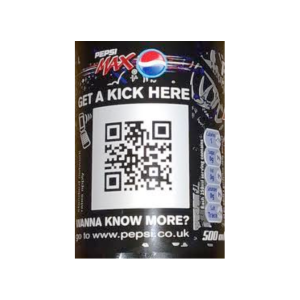
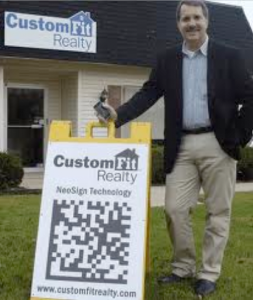
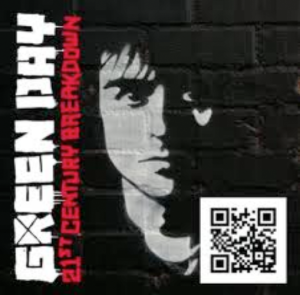
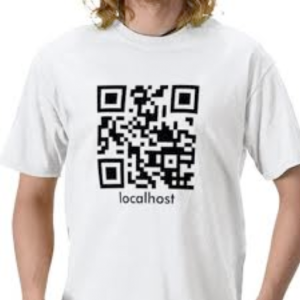
Airline boarding is another increasingly popular application. Your airline sends your boarding details to your cellphone in the form of an SMS text message containing a 2D barcode. Your phone displays the code on its screen and you can then use it as an electronic ticket and boarding pass. (German airline Lufthansa’s Mobile Boarding Pass is an example.) Expect to see lots more 2D barcode applications appearing very soon!
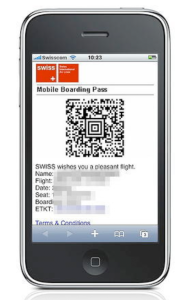
If you are not on board with QR codes, you should be. Don’t be left behind and start integrating a QR code campaign into your promotion efforts! If you don’t know where to start, give eComand Solutions a call and we can help!


